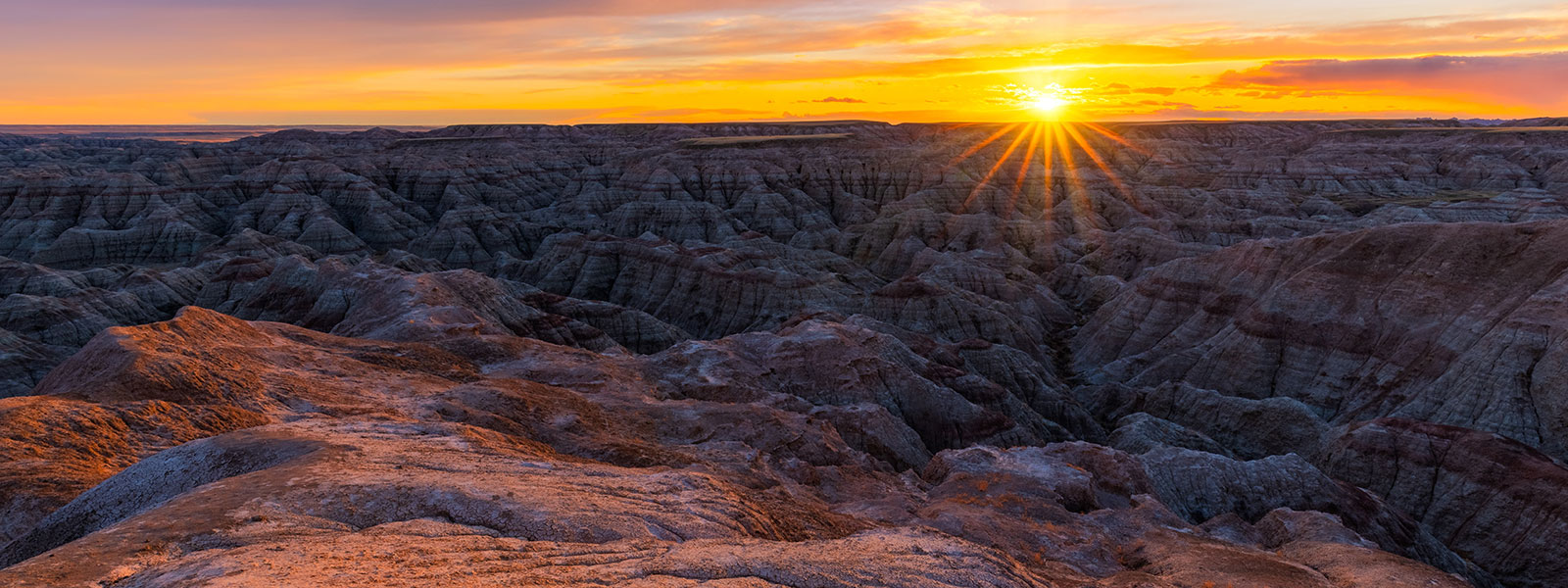South Dakota
In 1978, South Dakota Department of Game, Fish and Parks listed the mountain lion as a state threatened species. In 2003, mountain lions were removed from the threatened list and classified as a big game animal with protection under a year-round closed season.
The first hunting season was established in 2005 as an “experimental season” and mountain lions have continued to be hunted as a big game species since, with the exception of 2008 when there was no mountain lion hunting season. A total of 236 mountain lions were harvested from 2005 to 2012: 143 females and 93 males. In 2012 alone, seven cougars less than one year of age were killed.
South Dakota Department of Game, Fish and Parks (SDGFP) manages it mountain lion population based on its 5 – year Mountain Lion Management Plan 2010 – 2015. In the 2010 plan, the state’s mountain lion population was estimated to be 223. The state is divided into two management regions, the Black Hills of west-central South Dakota bordering Wyoming and the remainder of the state referred to as the Prairie Region. The Black Hills Region contains the core of the mountain lion population and forms the basis for the state’s population estimates and quotas. As of 2013, the use of hounds to hunt cougars is legal within the Custer State Park portion of the Black Hills management area.
Cougars killed by SDGFP or private landowners, as well as road kill, incidental deaths by trapping or lions taken on tribal lands are NOT counted towards harvest objective quotas. As of 2009, landowners on their own land are allowed to kill a lion year-round outside the Black Hills. Harvest does not count toward quota outside of the Black Hill management unit season dates. As of 2010, there was no documentation of lions establishing home ranges within the prairie region although it is recognized as a movement corridor for dispersing mountain lions.
On January 15th, 2015, the SDGFP Commission voted 5-3 in favor of allowing the use of hounds to hunt mountain lions on private lands throughout the Prairie Region. This regulation change was pushed by South Dakota Houndsmen and had heavy political support from Senator Betty Olsen. The rule allows for year-round hound hunting, and cougars killed in the Prairie do not count towards the quota. The new rule will go into effect on March 2nd, 2015.
South Dakota’s Mountain Lion Management Plan is scheduled for review in 2015. The Cougar Fund will closely monitor the progress of the review. We will be submitting scientific resources that were not available in 2010 and strongly urging the wildlife managers to consider advances in biological research, in line with their commitment to use ‘current best science’ as a basis for management.
ADVOCACY
HUNTING
South Dakota Game, Fish and Parks has divided the state into two management regions: the Black Hills of west-central South Dakota bordering Wyoming and the remainder of the state, which is referred to as the Prairie Region. The quota for the Black hills area is 75 animals (50 females), while the Prairie Region is open year-round and has no quota. As of 2013, hounds can be used to pursue cougars in Custer State Park in the Black Hills area. Hounds will be permitted year-round in the Prairie Region beginning March 2nd, 2015.
While the quota has remained stable in the Black Hills area, it has not been met in recent years, a possible indication of a population in decline. During the 2013-2014 season, 53 cougars were killed by hunters in the Black Hills area, 31 of which were females. Another 36 cougar mortalities were documented.
South Dakota is one of six states (in addition to Colorado, Montana, New Mexico, Utah, and Wyoming) that provides cougar-specific hunter education in order to help hunters better identify the age/sex of a cougar and reduce incidental/illegal mortality.
RESOURCES

